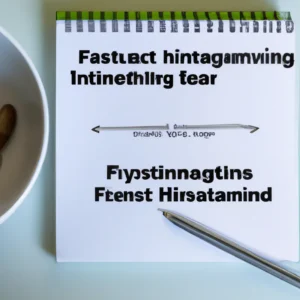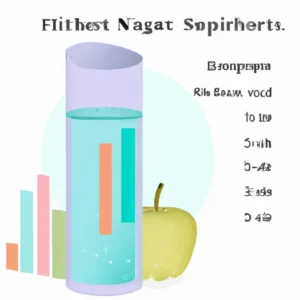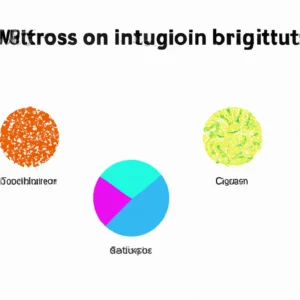Utilizing Drone Technology for Precision Agriculture: How UAVs Enhance Crop Monitoring and Data Collection
Utilizing Drone Technology for Precision Agriculture: How UAVs Enhance Crop Monitoring and Data Collection
Farmers face challenges in today’s fast-paced agricultural environment. They must manage resources efficiently and maximize yields. Increasing pressures from climate change, population growth, and the need for sustainable practices make traditional farming methods insufficient. Fortunately, drone technology has emerged as a game-changer in precision agriculture. Drones, or Unmanned Aerial Vehicles (UAVs), enhance crop monitoring and data collection significantly. This blog explores how UAVs revolutionize agriculture and improve farming practices.
The Rise of Drone Technology in Agriculture
Drone technology has gained popularity across various industries, especially agriculture. Farmers use drones for crop monitoring, soil analysis, and field mapping. These UAVs provide detailed aerial imagery and real-time data collection. Consequently, farmers can make informed decisions faster.
Drones carry multiple sensors, including multispectral, thermal, and RGB cameras, to capture a wide range of data. Processing this data offers insights into crop health, soil conditions, and weather patterns. Drones gather comprehensive information quickly, making them invaluable in modern farming.
Cost-Effective Solutions for Farmers
Many farmers, particularly smallholders, face budget constraints. Drone technology offers a cost-effective solution for precision agriculture. Traditional crop monitoring methods require extensive manpower and resources. In contrast, UAVs cover large areas quickly and efficiently. A drone can survey a 100-acre field in less than an hour, while a team may take several days.
Drones also reduce the need for physical inspections, saving time and money. By minimizing labor costs and field evaluation time, farmers can allocate resources more effectively. This efficiency proves crucial during peak growing seasons.
Enhancing Crop Monitoring
Drones give farmers a bird’s-eye view of their fields. This aerial perspective allows accurate and timely crop monitoring. Farmers can identify pests, nutrient deficiencies, and water stress early before problems escalate. This proactive approach maintains healthy crops and optimizes yields.
Drones with multispectral cameras capture vital information about plant health. Analyzing light reflected from crops helps farmers assess vigor and locate areas needing care. For instance, color variations in a field may indicate differing soil fertility levels, prompting farmers to target specific areas for intervention.
Data Collection and Analysis
Drones collect vast amounts of data quickly, which can be both beneficial and challenging. Analyzing extensive data is crucial for informed decisions. Fortunately, various software tools assist in data analysis, helping farmers interpret complex datasets easily.
Conclusion
This post highlights how drone technology enhances precision agriculture. UAVs improve crop monitoring, data collection, and farming efficiency.
Below are related products to the topic if you’re interested:
FAQ
How do drones improve crop monitoring in agriculture?
Drones provide farmers with a bird’s-eye view of their fields, enabling accurate and timely monitoring of crops. They can quickly identify issues such as pests, nutrient deficiencies, and water stress, allowing farmers to address problems before they escalate. By using multispectral cameras, drones capture vital information about plant health, helping farmers assess crop vigor and target specific areas needing care.
What are the cost benefits of using drones in farming?
Drones present a cost-effective solution for precision agriculture, particularly for smallholder farmers facing budget constraints. They can survey large areas quickly, covering a 100-acre field in less than an hour compared to several days required by traditional methods. This efficiency reduces labor costs and minimizes the need for physical inspections, allowing farmers to allocate resources more effectively during critical growing seasons.
What types of data can drones collect for farmers?
Drones are equipped with various sensors, including multispectral, thermal, and RGB cameras, which allow them to capture a wide range of data. This data provides insights into crop health, soil conditions, and weather patterns. By processing the information collected, farmers can make informed decisions regarding crop management and resource allocation, ultimately enhancing farming efficiency.















Post Comment